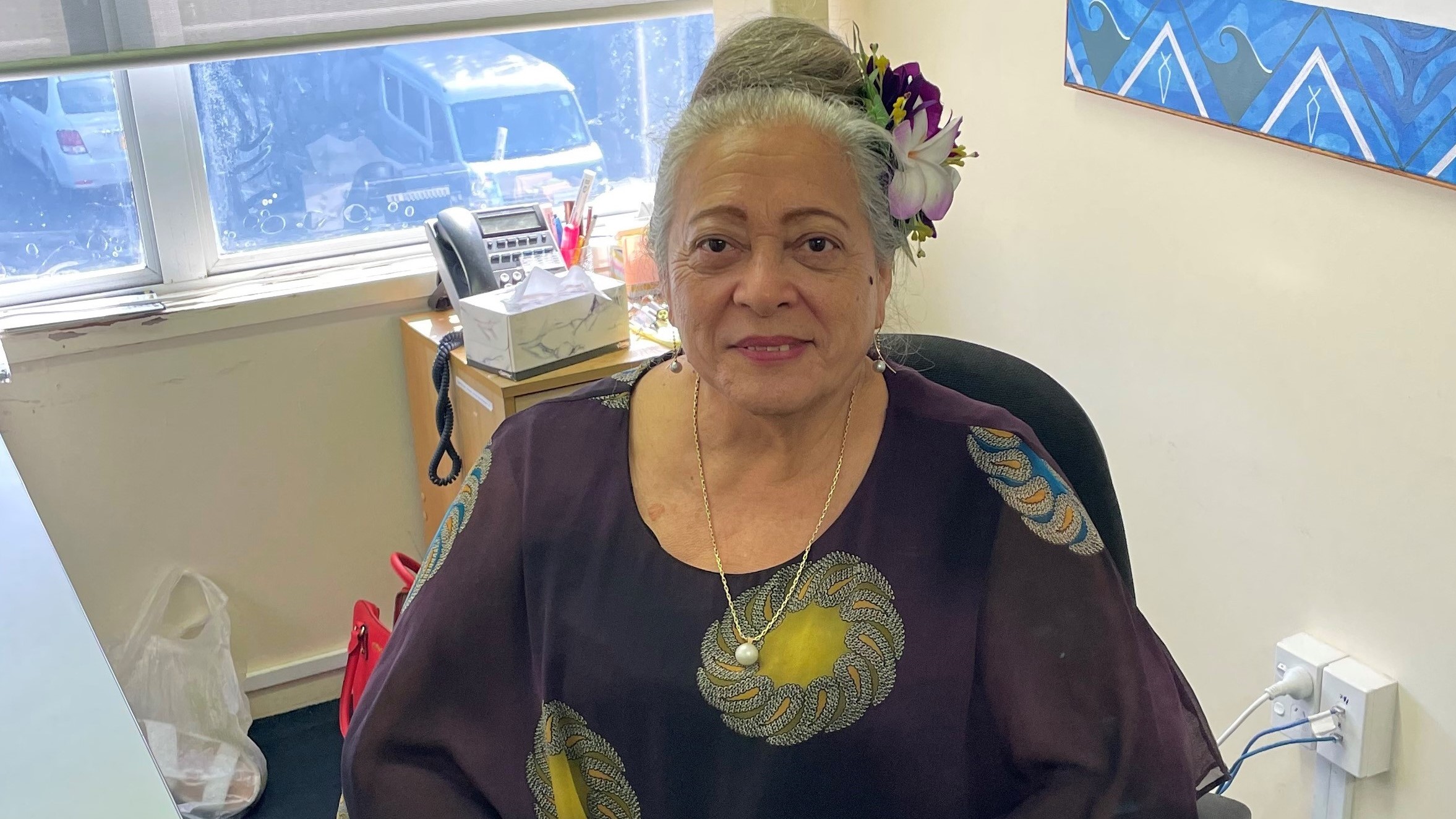PAPUA NEW GUINEA – A lot has changed over the past 60 years right around the world – and perhaps nowhere more dramatically than in Papua New Guinea’s rugged highlands.
Even in the 1950s, hundreds of tribes were living in total isolation from the rest of the country, and the rest of the world.
But in 1957, things changed when Australian district patrol officers, or Kiaps, introduced the Goroka Show – a chance for dozens of tribal groups to come together from across the region, to show off their traditional dress and dances at gatherings known as singsings.
This year marked the 60th event in the show’s history, and in 2016 it brought together an eclectic mix of cultural groups from right across the country.
Back in 1957, the idea of the first Goroka Show came from the ruling Kiaps as a competition to see who was the best organised and administered district.
The event soon became a showcase for the traditional dress of Papua New Guinea’s many tribes and language groups.
The mudmen from the lush, green Asaro valley just outside Goroka, are always a popular part of the show.
Their masks are made from a special clay that dries in the sun in just a few days — no two masks are ever the same, with some men designing them as monkeys, others skeletons.
The objective they say is to make their enemies afraid.
Stories of how the mudmen came to be are varied. One story says their ancestors had escaped to a nearby village, after being attacked by their enemies.
When they emerged they were covered in white clay, scaring the enemies who mistook them for spirits.
The Goroka Show this year was a hot, loud sea of colour, with enormous headdresses made up of feathers, and painted faces and bodies.
Joachim Kaugla, now 75, a retired Catholic teacher – born in a village near PNG’s tallest mountain, Mt Wilhelm, during World War Two – went to his first Goroka Show in 1961, and believes the show is just as important today as it was in 1957, giving Papua New Guineans the chance to learn about each others cultures.
But he has some gripes about the changes he has witnessed over the past 60 years.
“Then, special dressing used really pure materials from the bush, their own bush,” he said. “Nowadays, they’ve mixed up with the materials from the fatories, overseas materials – we see that is not nice.”
Some groups at this year’s show even had traditional Kundu drums — normally meticulously carved out of wood and covered with lizard skin — made from PVC pipes instead, and covered in plastic.
Inside the traditional woven bilums worn by some women were bags of potato chips and imported soft drinks.
While the Goroka Show may be evolving just like Papua New Guinea is, elders like Joachim Kaugla say it does need to keep going for the next 60 years and beyond.
“The show is very, very important to teaching other people what’s culture,” he said. - ABC

















































